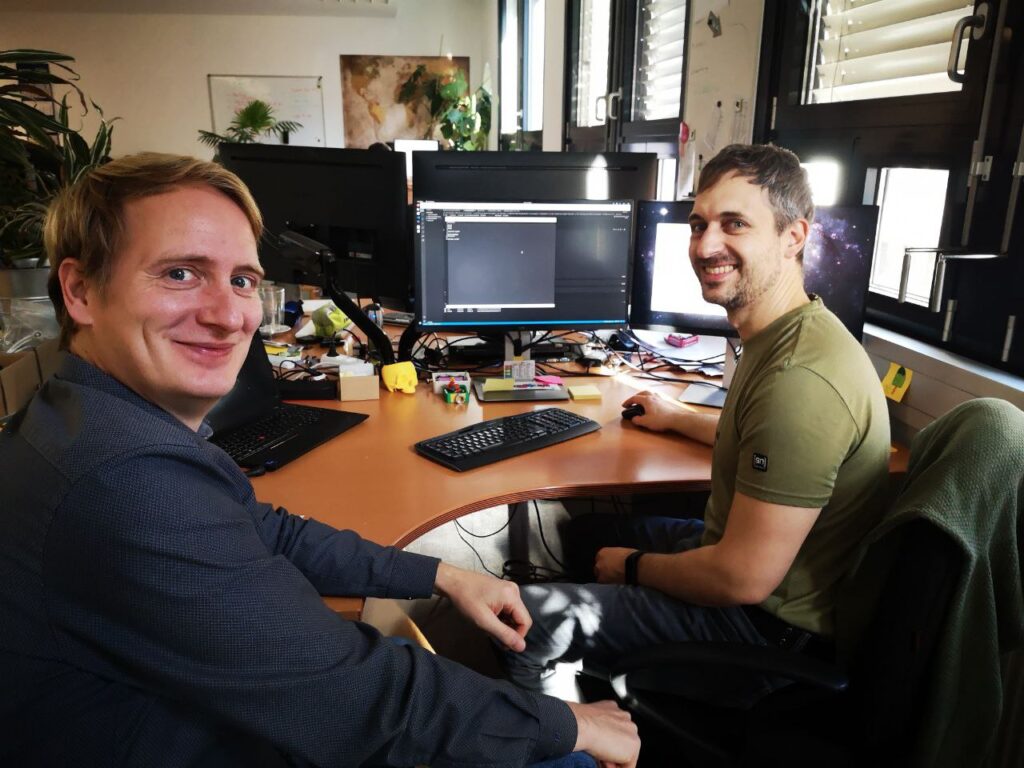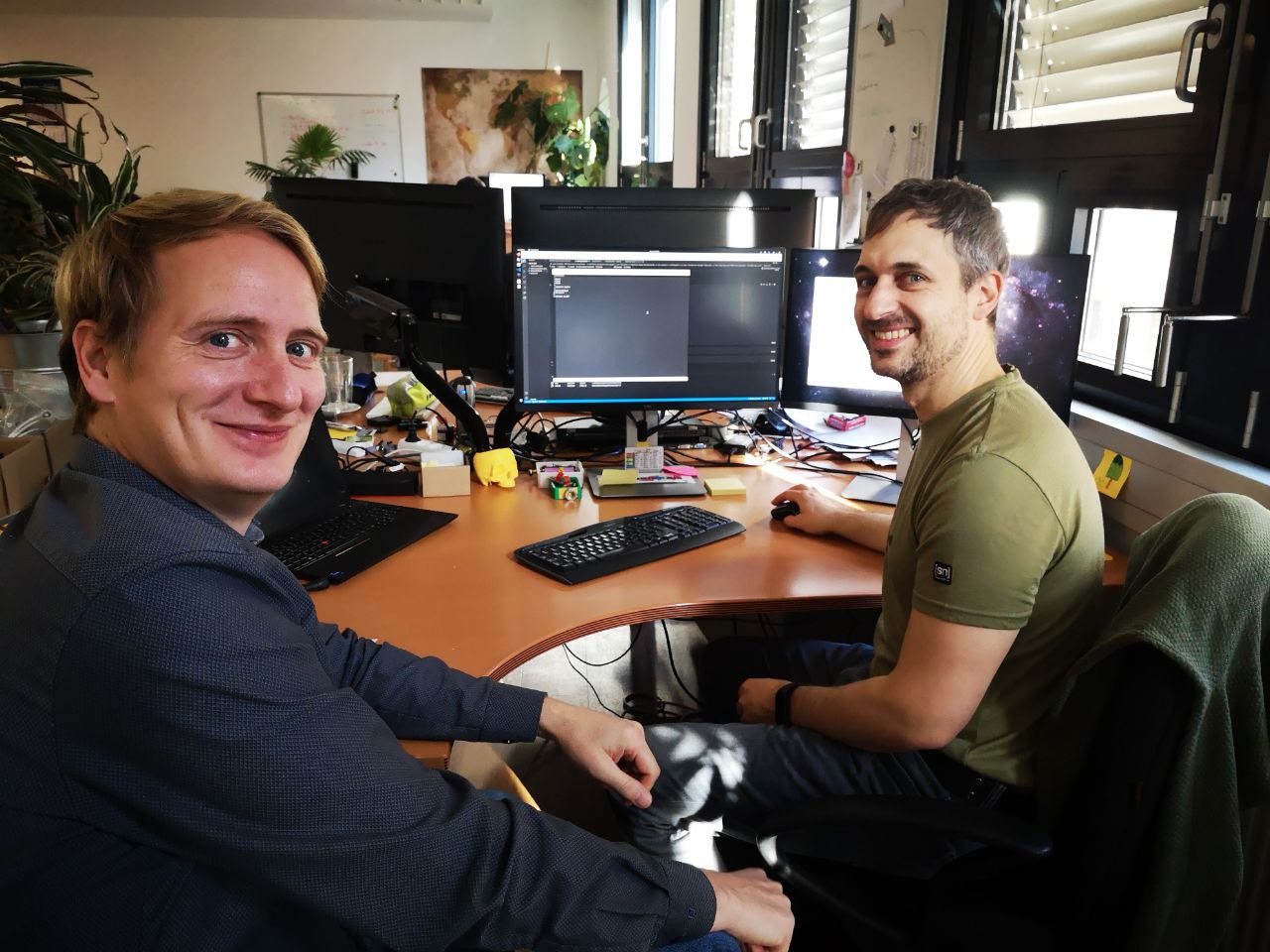We have had good experiences with kitchen comparisons in the past, so today we again approach a topic of foundation engineering from the edible side: namely a research project called AVANT, which deals with the use of artificial intelligence in grouting processes.
*****

If you look at the use of construction site data, as is currently the case on many special foundation engineering projects, you can compare it to the production of a mug cake. Solid basic principle, good result – but nothing special and unfortunately extremely error-prone.
Because if the cup size is not correct, everything gets mixed up – similar to construction sites that are not sufficiently digitized, where the data format of the drilling rig is not compatible with that of the pump and ultimately a manually maintained Excel file is used. It is a mediocre solution that is difficult to transfer to other construction sites.
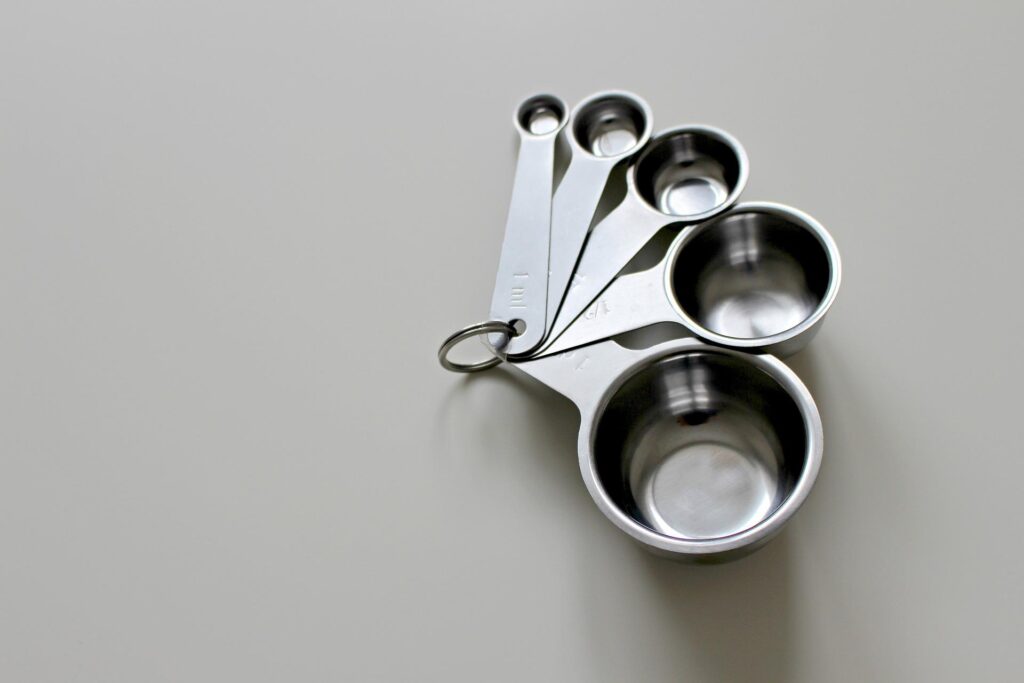
Things are completely different when using eguana SCALES. To convert it to our dessert version: Scales is like using kitchen scales for preparing our mug cake. Instead of manual or semi-manual reports, with SCALES the device data is transferred directly, standardized and digitally – i.e. the ingredients are practically weighed to the gram – and automatically evaluated, analyzed and graphically processed.
And what more could one want than a perfectly weighed and precisely prepared bakery product?
But what use is the most perfect recipe if you don’t know if your guests will like it? Or to put it another way: What is the point of preparing the data afterwards, if the respective process has already been completed at the time of the analysis?
AI improves injection processes
I want to know if my guests are allergic to nuts or do not like raisins BEFORE I stir the ingredient into the batter. And this is exactly where our AVANT research project comes in. We spoke to project engineer and researcher Christoph Klaproth about it.
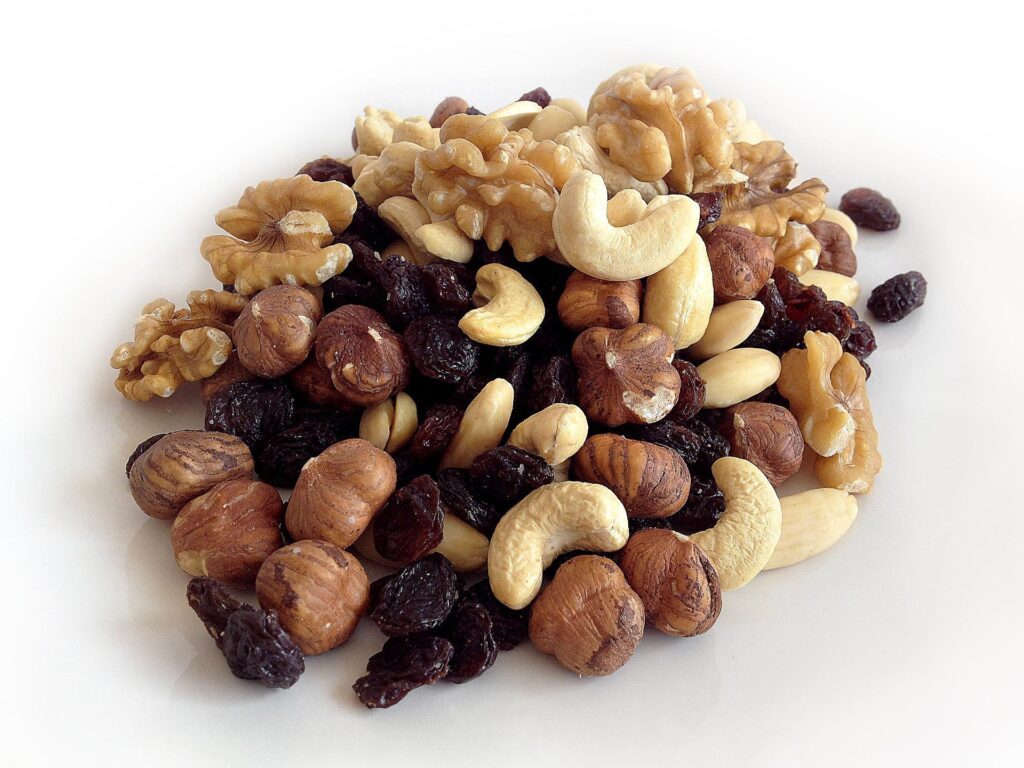
“The AVANT project wants to improve the processes in the grouting area,” says the STUVA expert. “The construction sector is getting more and more digital. In other words: We have tons of data and this data is simply not being used in the way it could be used. That’s why we launched the AVANT project, to evaluate this data even more than it is today, and also to evaluate the whole thing automatically in order to ultimately improve the grouting process.”
In the course of the project, data that is produced during grouting is to be automatically evaluated during operation. The aim is to train an artificial intelligence in such a way that it can make forecasts after individual grouting rounds and make suggestions regarding grouting planning and further tunneling. (To stick with our cake metaphor, the AI remembers if there were too many raisins in the batter the last time you tried the recipe, and automatically adjusts the amount for the next time)
The name AVANT stands for ‚Adaptive Planung von Injektionsmaßnahmen im Tunnelbau mittels Künstlicher Intelligenz‘ [eng.: ‘Adaptive planning of groutinh measures in tunnel construction using artificial intelligence’]. It is an association of Austrian and German research institutions and companies with the aim of promoting the digitization of the industry
Exciting home stretch
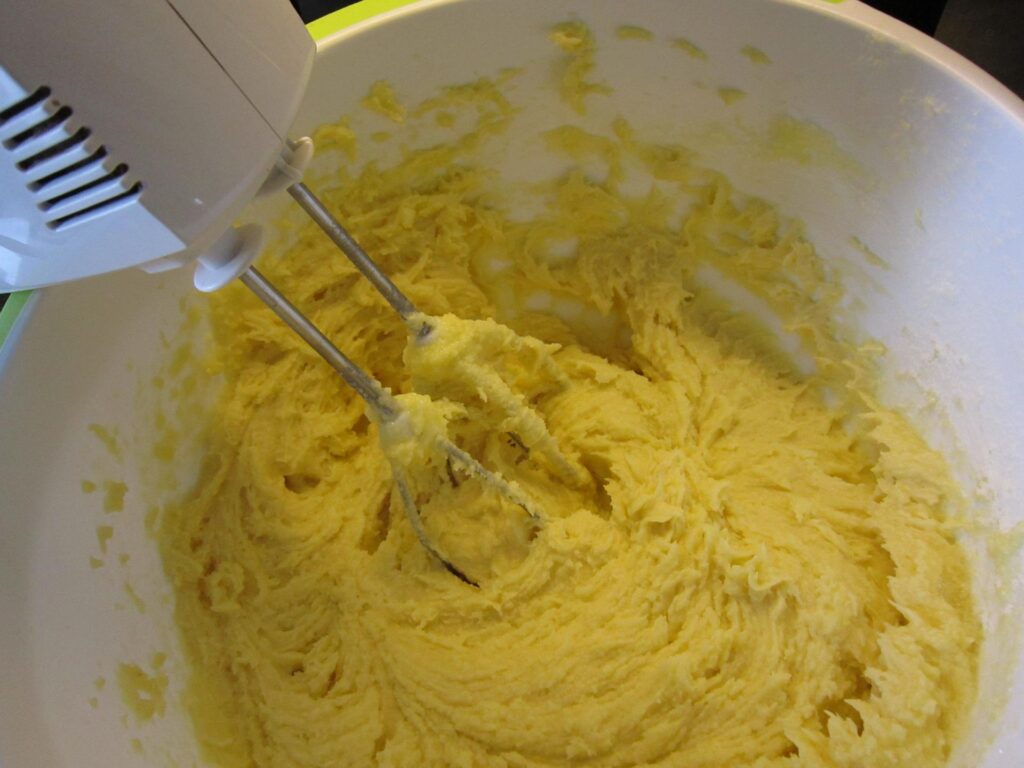
The project started in 2020 and is scheduled for three years. So far, a massive database has already been viewed, sorted and evaluated in order to be able to continue working with it. One could say that the dry preliminary work is complete.
“Things are going to be exciting. We have already made initial attempts with AI algorithms. Of course, we also encountered a few problems resulting from the fact that the data recording is still not very coordinated.
Data is recorded, but of course it is not yet standardized how it should be recorded. This affects the naming of the data, the assignments and the like. It is not yet established in everyday construction site work that the data is recorded and named in a standardized way so that it can be assigned afterwards so that conclusions can then be drawn. It starts with the nomenclature, in other words: the designation of the data sets is not consistent, some data is missing and the individual processes were carried out differently without us having any information about why that happened – were there delays in the construction process, were there any difficulties setting up and dismantling the grouting?” Klaproth lists problem areas.
As a result, this very different data had to be sorted and put together like pieces of a jigsaw puzzle. The extent of the work required is greater than previously assumed.
The project participants

The construction data that is fed to the AI is provided by STRABAG and Züblin Spezialtiefbau, which as a construction company has access to large amounts of data. AVANT uses two types of data: On the one hand, the MWD data (measurement while drilling). “These provide information about what the borehole ultimately looks like,” explains Klaproth. From MDW data you can “get insight as to whether there are chasms in the mountains and the like.” The Montanuniversität Leoben, as another research partner on the Austrian side of the consortium, is mainly responsible for the analysis of these drilling data.
On the other hand is “the pure grouting data that represents the grouting processes. So the pressure that is applied and the flow rate that is introduced into the rock.
The German project partners are Geoteam Dortmund, which provides support for questions relating to the geology of the mountains, and STUVA, which is primarily responsible for artificial intelligence.
As a link, eguana takes care of the data preparation and acts as an interface to the construction site.
Possible goal of the project could be either a program that can be downloaded by the site manager or a box that can be connected to the machines.
Time to stop
While we have to keep an eye on our cake during the baking process and regularly check that nothing is burning anyway, the AI in AVANT should learn from build data to determine when it is a sensible time to stop the injection. “She learns when certain characteristics occur,” says Klaproth. Together with the client experts on site are currently deciding on the basis of various termination criteria whether grouting was successful or not. “To be on the safe side, people usually inject more than they may need,” he says. “We want to automatically transfer these termination criteria so that we can then automatically recognize them at an earlier stage.”
Just like our AI we know when it is time to call it quits. We would now like to declare that the termination criterion for today on the subject of AI has been met.
*****
A big thank you goes to our guest author Christoph Klaproth, who not only contributet a lot of technical understanding, but also a lot of patience for questions 😉
